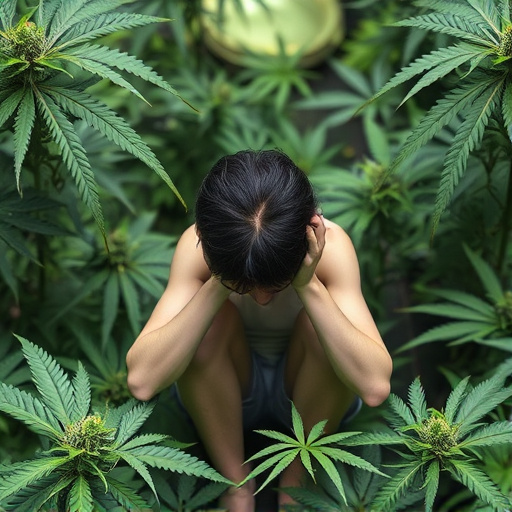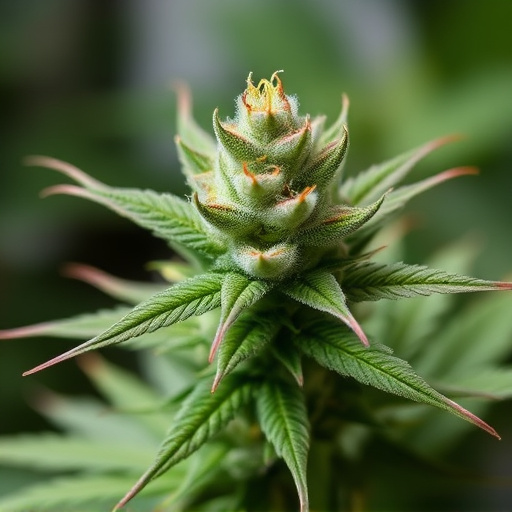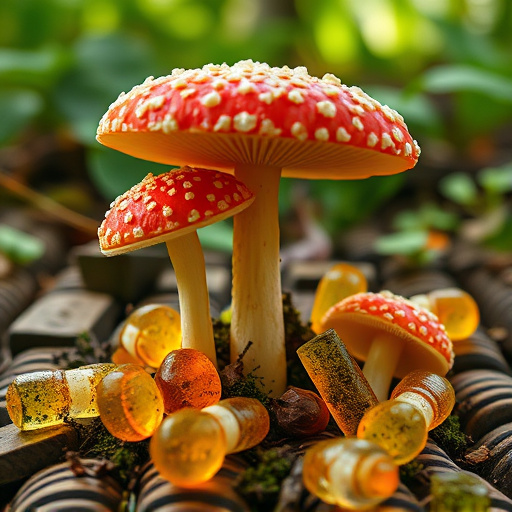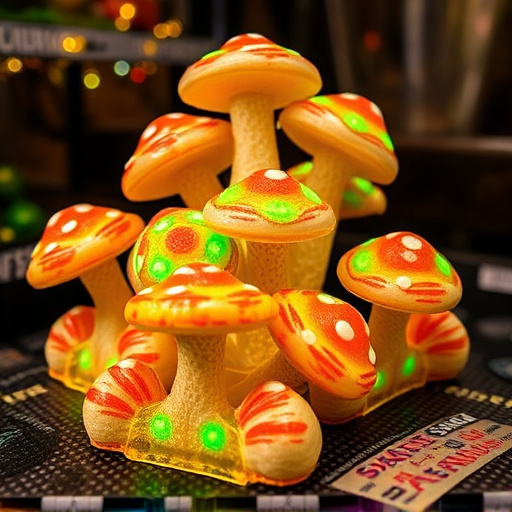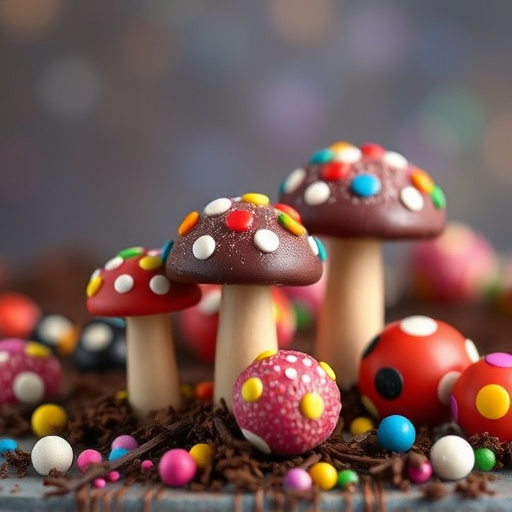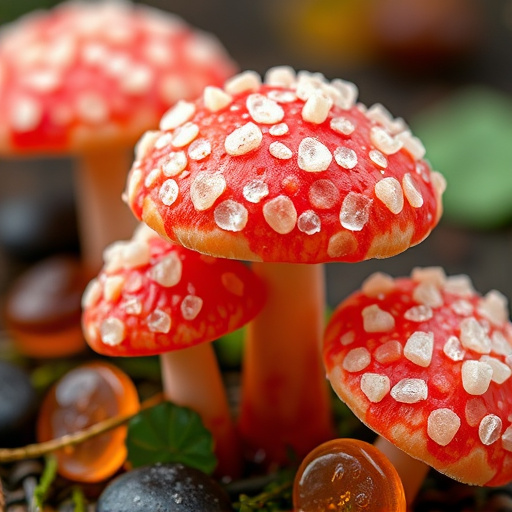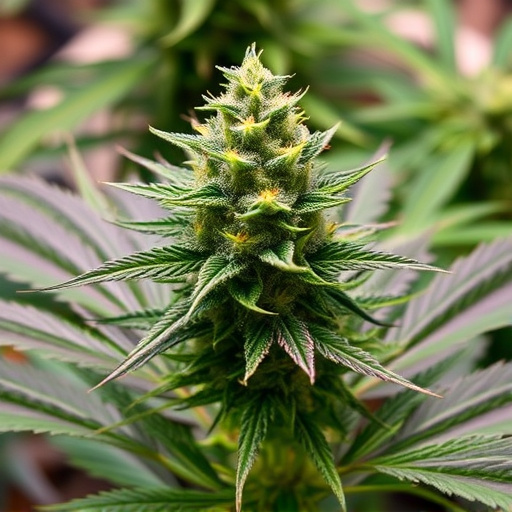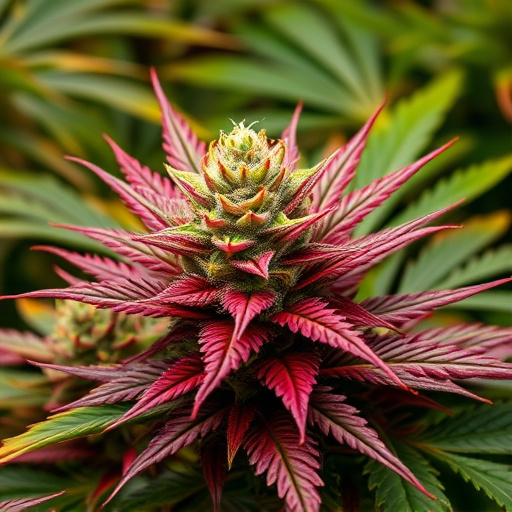Exotic marijuana strains owe their distinctive aromas to terpene compounds, natural volatile oils that interact with cannabinoids like THC and CBD. This complex interaction creates a unique "terpene symphony" ranging from citrus to pine, enhancing the plant's defense mechanisms and appealing to cannabis enthusiasts through its diverse olfactory experiences. Cultivation techniques manipulate these compounds to tailor scents, catering to different preferences in the diverse world of exotic marijuana strains.
Cannabis flowers have captivated users for centuries, not just for their effects but also for their distinct, often potent, aromas. This article delves into the intricate world of cannabis scent, exploring why certain strains emit such strong smells. We’ll uncover the chemical composition that gives cannabis its unique profiles, focusing on terpenes and cannabinoids. Additionally, we’ll showcase global exotic marijuana strains known for their distinctive scents, discussing consumer preferences and the role of smell in regulating and appreciating high-quality cannabis.
- The Chemical Composition of Cannabis Flowers
- – Terpenes and their role in smell
- – Cannabinoids and their contribution to aroma
The Chemical Composition of Cannabis Flowers

Cannabis flowers, renowned for their potent aroma, owe their strong scent to a complex chemical composition. The primary contributors are terpenes and cannabinoids, both playing a pivotal role in shaping the plant’s unique fragrance. Terpenes, organic compounds responsible for the essential oils in many plants, add a diverse range of scents to cannabis varieties, from citrusy and floral to spicy and piney notes. Each terpene profile contributes to what connoisseurs refer to as the “terpene symphony” of exotic marijuana strains.
These volatile molecules not only delight the senses but also serve as natural pesticides, protecting the plant from various threats. Cannabinoids, notably tetrahydrocannabinol (THC) and cannabidiol (CBD), further enhance the floral aroma. THC, known for its psychoactive effects, contributes to the euphoric high associated with cannabis consumption, while CBD adds nuances to the scent without inducing psychotic reactions. The interplay between terpenes and cannabinoids creates an olfactory experience that has captivated users and researchers alike in the diverse world of exotic marijuana strains.
– Terpenes and their role in smell
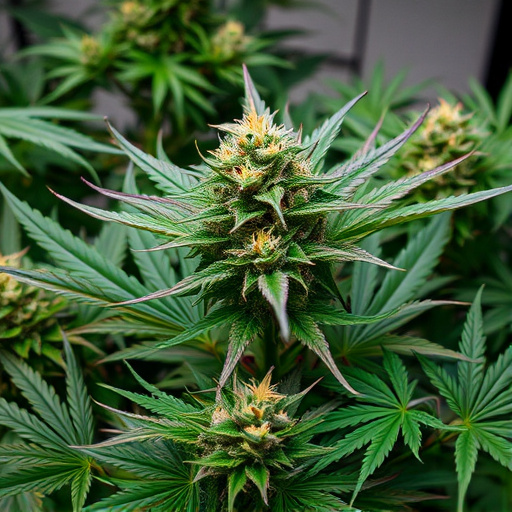
The distinctive aroma of cannabis flower is largely attributed to terpene compounds, which are natural volatile oils responsible for the unique scents we associate with different plants. Terpenes play a crucial role in the olfactory experience of exotic marijuana strains, contributing to their diverse and often complex aromas. Each terpene has its own characteristic scent, ranging from fruity and floral to spicy and woody notes.
These aromatic compounds are not just about pleasant smells; they also serve as chemical signals, attracting pollinators or repelling predators in the plant kingdom. In cannabis, terpenes interact with cannabinoids like THC and CBD, influencing their effects on the body and mind. The specific combination and concentration of terpenes in exotic marijuana strains can greatly impact the overall sensory experience, making each strain uniquely recognizable and appealing to cannabis enthusiasts.
– Cannabinoids and their contribution to aroma
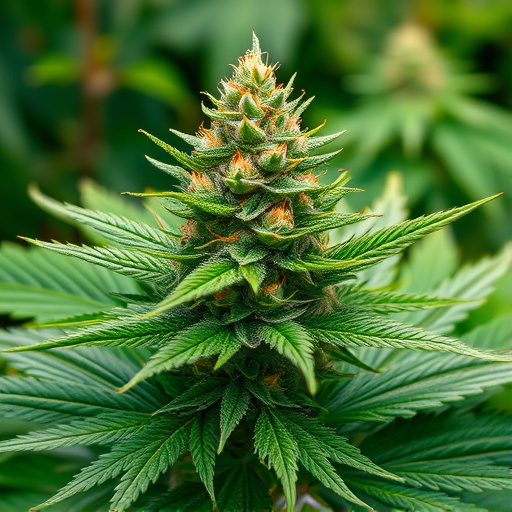
Cannabis flowers have a strong aroma due in large part to their rich profile of cannabinoids. These chemical compounds, including tetrahydrocannabinol (THC) and cannabidiol (CBD), are responsible for the plant’s distinctive smell and many of its effects on the human body. Each exotic marijuana strain possesses a unique combination of cannabinoids, contributing to a diverse range of aromas that can include earthy, fruity, floral, or spicy notes. The process of cannabis cultivation carefully manipulates these compounds, allowing growers to create strains with specific scents tailored to different preferences. This focus on aroma isn’t just for enjoyment; it also serves as a natural defense mechanism, deterring potential predators and attracting beneficial insects.
